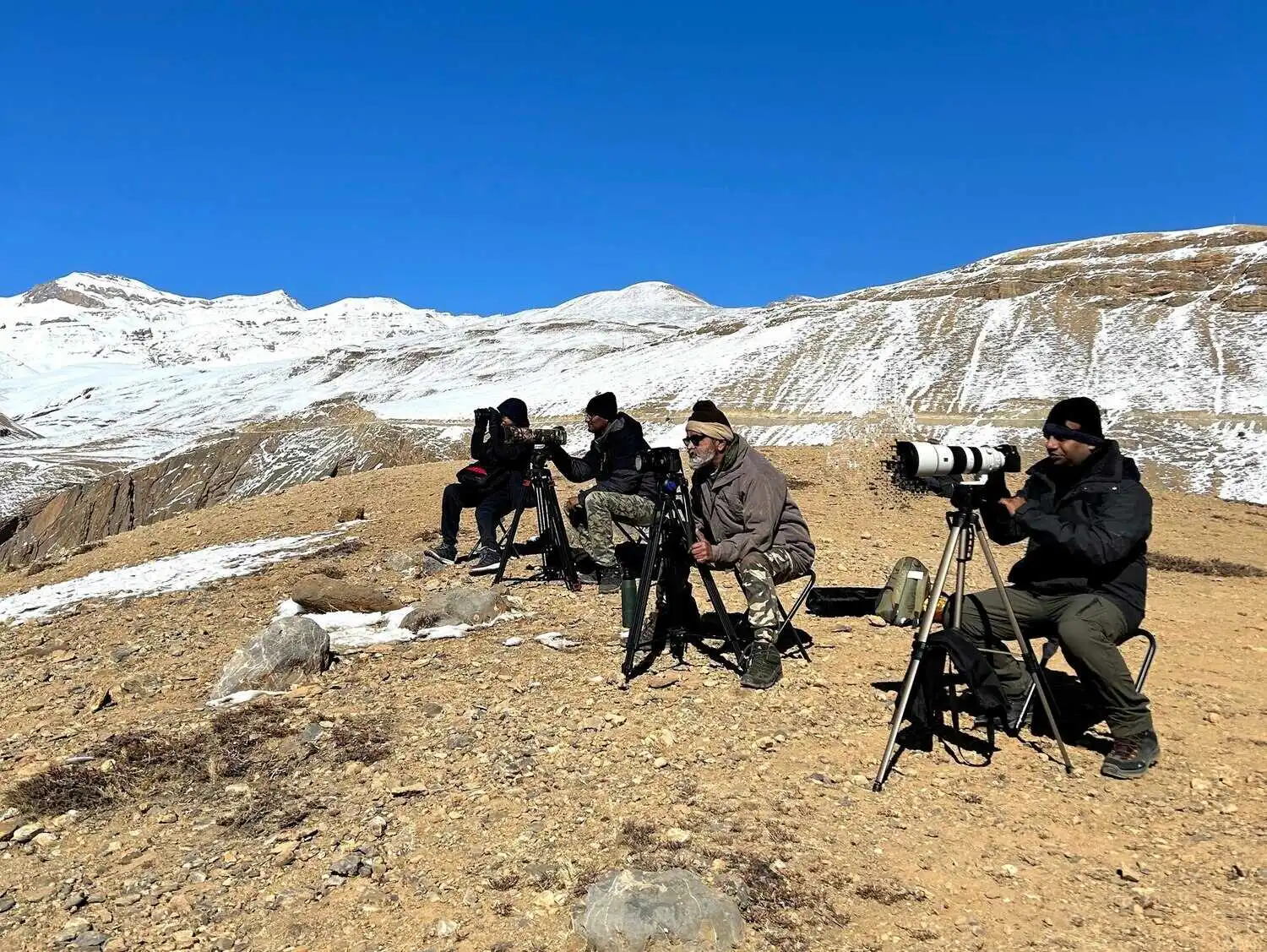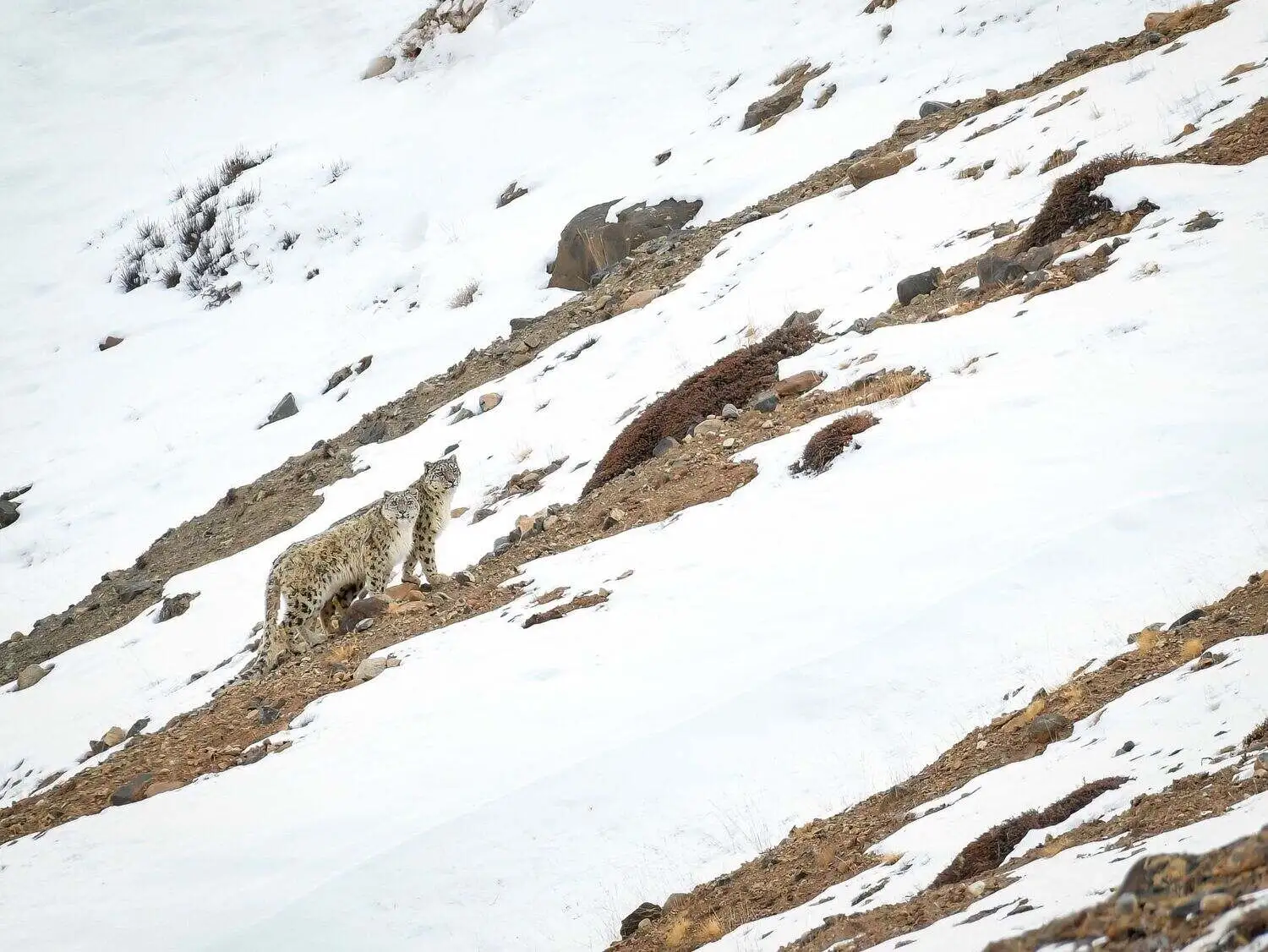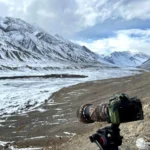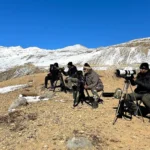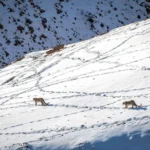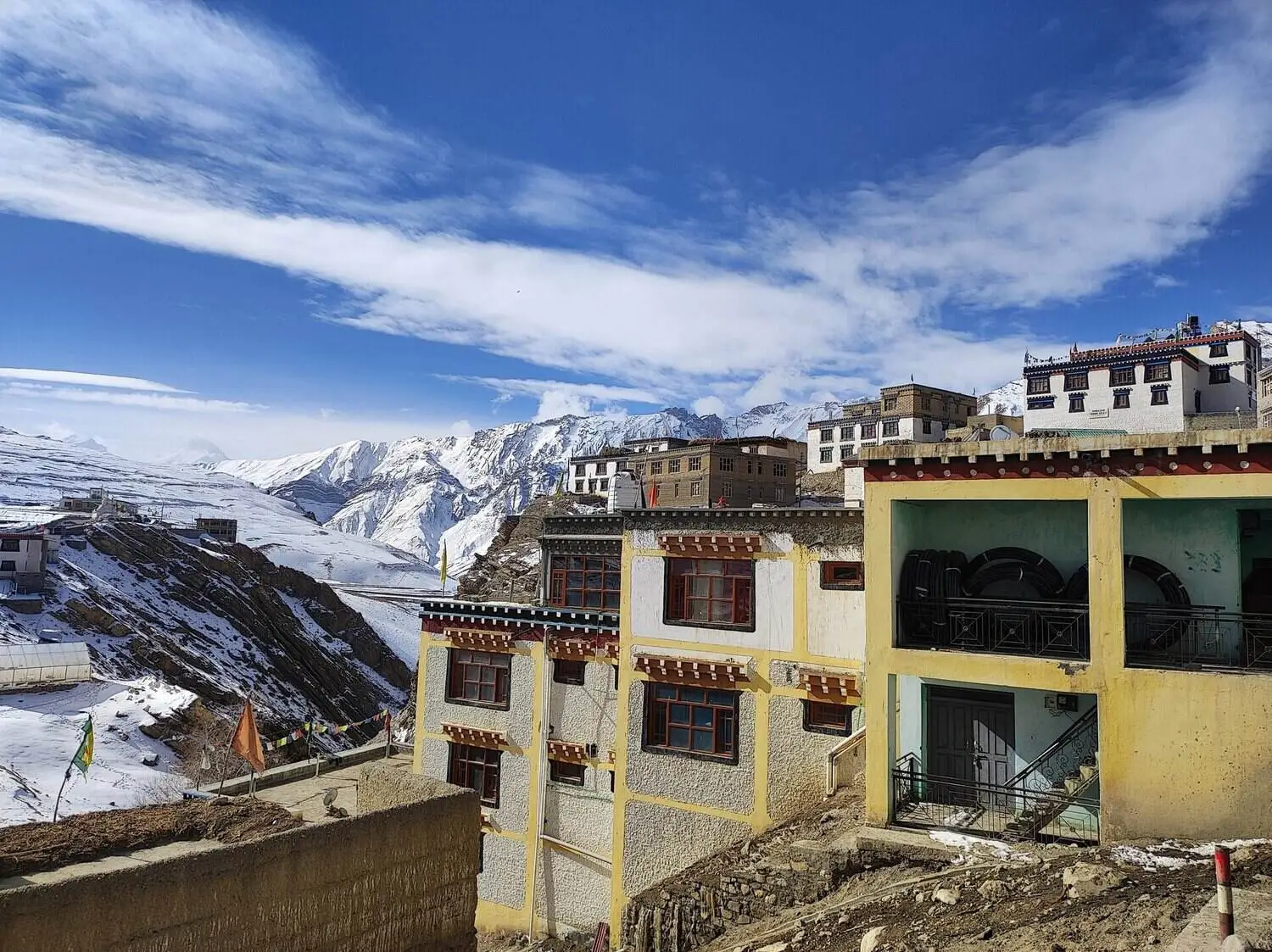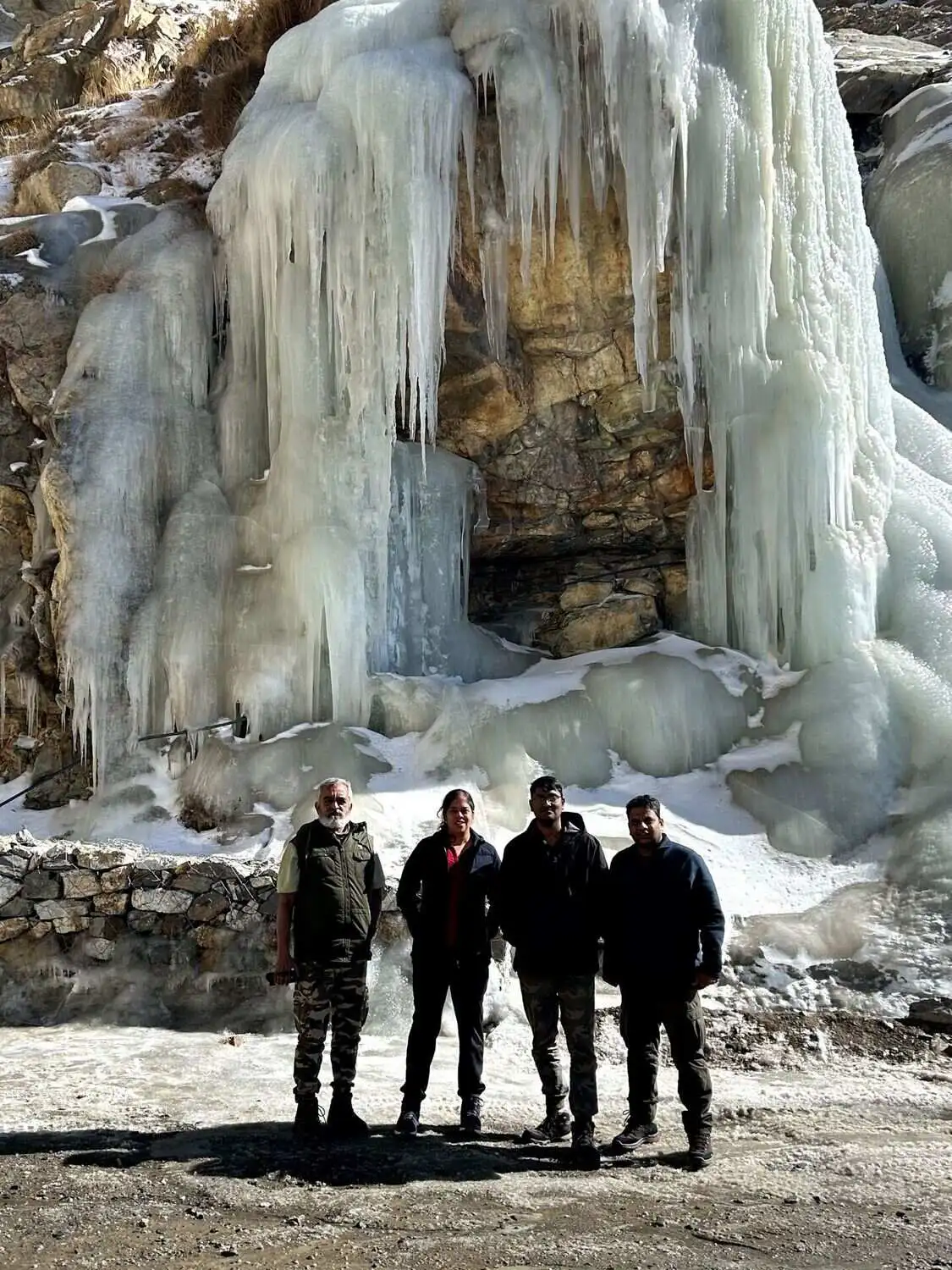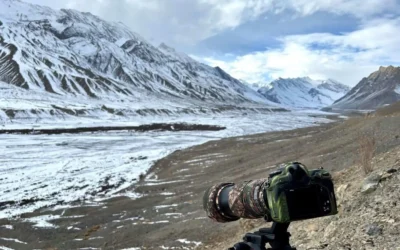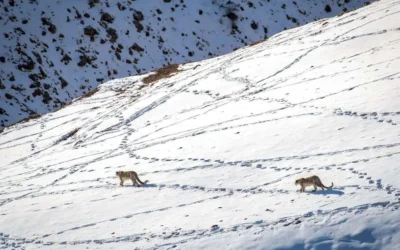Winter in the Himalayas is freezing, so layering your clothes is essential. Start with thermal innerwear, add a fleece or wool sweater for extra warmth, and top it with a windproof jacket. A down vest can help on long, cold waits too. And remember hats, scarves, and gloves. Your hands and head get cold fast up here.
Clothing Essentials
The Himalayas are freezing in winter, so layering is key. Start with thermal innerwear to keep your body warm, followed by a fleece or wool sweater for insulation. Top it with a windproof, insulated jacket, and consider a down vest for extra warmth during long waits in the snow. Don’t forget warm hats, scarves, and gloves exposed hands and head lose heat quickly in these altitudes.
Suggested clothing to pack:
- Thermal innerwear
- Fleece or wool mid-layers
- Insulated, windproof jackets and down vest
- Warm hats, scarves, and gloves
Footwear
Trekking boots must be both waterproof and insulated. Thick wool socks keep your feet warm, and carrying extra pairs is always a good idea. If you’ll be walking through deep snow, gaiters help keep snow out of your boots and prevent damp feet.
Accessories for Comfort
The sun is strong at high altitudes, especially when reflected off the snow. Sunglasses or snow goggles protect your eyes, while sunscreen and lip balm prevent sunburn and chapping. Hand warmers are useful for long waits, and a headlamp or flashlight with extra batteries comes in handy when winter days are short.
Must-have accessories:
- Sunglasses or snow goggles
- Sunscreen and lip balm
- Hand warmers
- Headlamp or flashlight
Trekking and Tracking Gear
A sturdy daypack with a waterproof cover is essential for carrying your gear. Trekking poles help maintain balance on uneven trails, and binoculars or a spotting scope increase your chances of spotting wildlife from a distance. A camera with a telephoto lens ensures you can capture photos without disturbing the animals.
Health and Safety Essentials
Carry personal medications and a basic first-aid kit. Staying hydrated is important, so bring water bottles or a hydration system. Energy snacks or trail food help maintain stamina during long treks. If you’re heading into very high altitudes, consider consulting your doctor about medication for altitude sickness.
Travel and Documentation
Make sure to carry your passport or government ID, as well as any permits required for the expedition. Travel insurance is recommended. Keeping a small notebook or journal allows you to record sightings, track progress, and note memorable moments.
Documents to carry:
- Passport or ID
- Expedition permits
- Travel insurance
- Notebook or journal
Optional Items
Small items can make a big difference in comfort. A thermos for hot drinks keeps you warm, a portable power bank keeps devices charged, and hand sanitizer or wet wipes help maintain hygiene during long days outdoors.
Packing well can make or break your snow leopard expedition. With the right clothing, gear, and essentials, you can focus on the breathtaking scenery and the rare thrill of spotting one of the Himalayas’ most elusive predators. Each trek is unpredictable, but being prepared ensures every moment is safe, comfortable, and unforgettable.

